Revision rhinoplasty

specialists

equipment

treatment

Objective reasons are taken into account, the result of which is revision rhinoplasty. We are talking about defects formed by:
- During primary plastic surgery and assessed as cosmetic or physiological complications
- Injury to the structures of the nose, leading to distortion of the previously obtained aesthetic result
- As a result of the doctor’s erroneous actions during the previous manipulation
The following problems may result from such developments:
- Nasal breathing disorders
- Curvation or destruction of the nasal septum
- An asymmetrically located or displaced nose, dissonant with the proportions of the face
- Inconsistency of shape and size with expected requests
- Formed defects of the osteochondral frame (hump, depression, knob-like growths)
- Unnaturally narrowed or drooping tip, its aesthetically unsightly outline
- Keloid scars (external and internal)
For many patients, postoperative dissatisfaction with the appearance of the nose results in the development of psychological problems that complicate everyday life. Secondary rhinoplasty is often the only way to achieve the desired attractiveness and get rid of personal complexes.
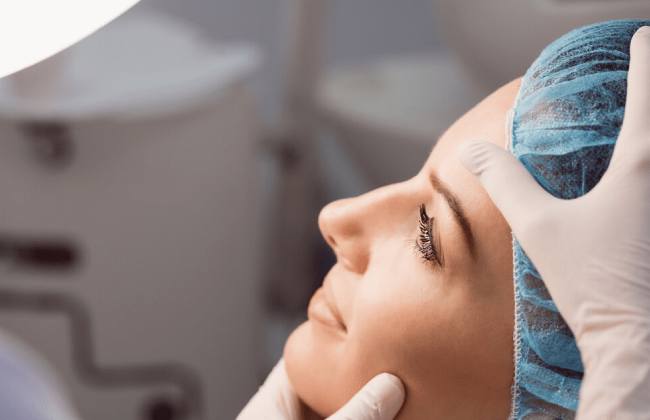
Any highly qualified specialist will refuse to perform a second operation if the rehabilitation period after the initial intervention is shortened. This is a fundamentally important point that the patient must take into account if he wishes to undergo surgical correction again.
The final results of plastic surgery should be judged no earlier than after 6-7 months. During this period, blood circulation and trophism of soft tissues will be restored, and postoperative scars will be fully formed. The surgeon will assess the condition of the nose and advise on the time when you can resort to rhinoplasty again. If the patient is diagnosed with atrophic skin lesions or a significant lack of subcutaneous fat and cartilage, then plastic surgery on the nose is most likely impossible. In this case, you should resort to cosmetic correction.
Types of operations
Revision rhinoplasty, like primary rhinoplasty, is performed in a closed or open manner.
Closed or open rhinoplasty
If there are small contour defects that do not require deep intervention, a closed operation is used, when a penetrating incision is made on the inner surface of the nasal passages. This reduces operating time and recovery period. It is possible to perform closed plastic surgery under local anesthesia, which greatly facilitates the procedure for the patient.
However, in case of serious structural disorders or complications, the operation is performed openly under general anesthesia. The soft tissues are dissected between the bases of the nostrils and carefully pushed back until the osteochondral frame is exposed. In this case, the surgeon has access to the entire surgical field with the ability to perform a full list of surgical actions. The likelihood of not missing details that require correction is practically reduced to zero.
After completion of the manipulation, sutures and fixing splints are applied to the operating area.
Reconstructive surgery
The indication for nose correction is insufficient volume lost during primary plastic surgery. To replenish it, cartilage grafts are used, taken from similar tissues of the nasal septum, and if they are deficient, from a rib or auricle. The removed material is given the desired shape and implanted in a new location.
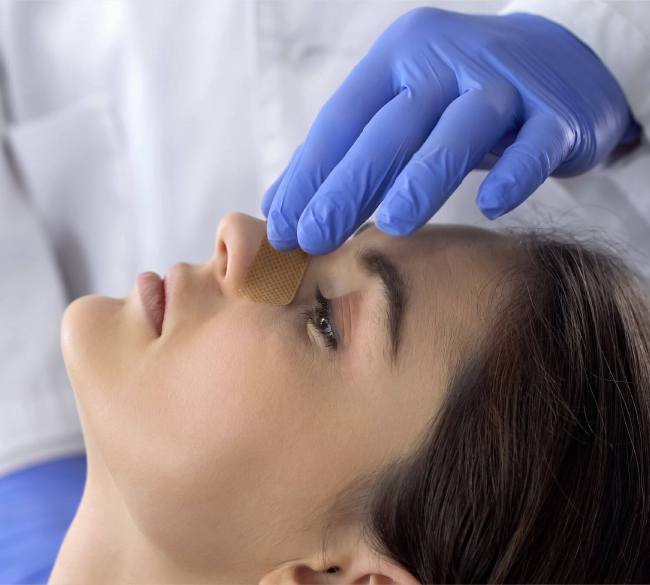
Nose rhinoplasty performed repeatedly requires a long recovery in compliance with all medical recommendations. Only in this case can one expect a high aesthetic result without complications.
Postoperative sutures are removed after a week, and a fixing bandage is used for at least 2-3 months. Swelling, hematomas, and pain in the early postoperative period persist for a long time, but with the use of antibacterial, anti-inflammatory, and absorbable drugs they gradually disappear.
During the rehabilitation period it is recommended:
- Sleep face up
- Do not be exposed to physical activity or stress
- Avoid hypothermia, overheating, exposure to ultraviolet radiation
- Eat right, don’t drink alcohol
- No smoking
- Don't wear glasses
The period of complete recovery also depends on the individual characteristics of the body. On average it takes 7-8 months, but it can take 1.5 years.
Revision rhinoplasty at the K+31 clinic

Plastic surgery












This award is given to clinics with the highest ratings according to user ratings, a large number of requests from this site, and in the absence of critical violations.

This award is given to clinics with the highest ratings according to user ratings. It means that the place is known, loved, and definitely worth visiting.

The ProDoctors portal collected 500 thousand reviews, compiled a rating of doctors based on them and awarded the best. We are proud that our doctors are among those awarded.
Make an appointment at a convenient time on the nearest date
Price
Other services
Reviews 10






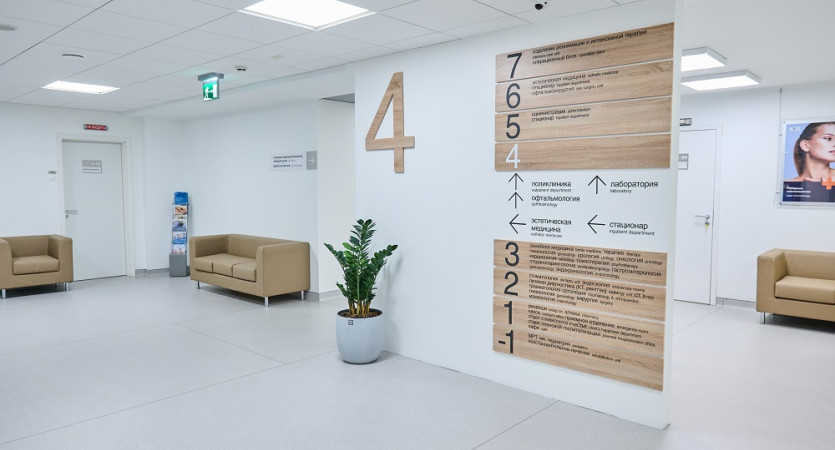
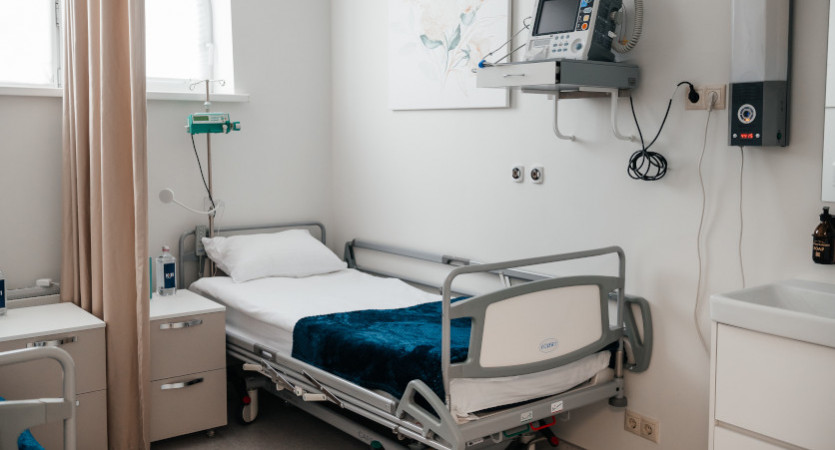
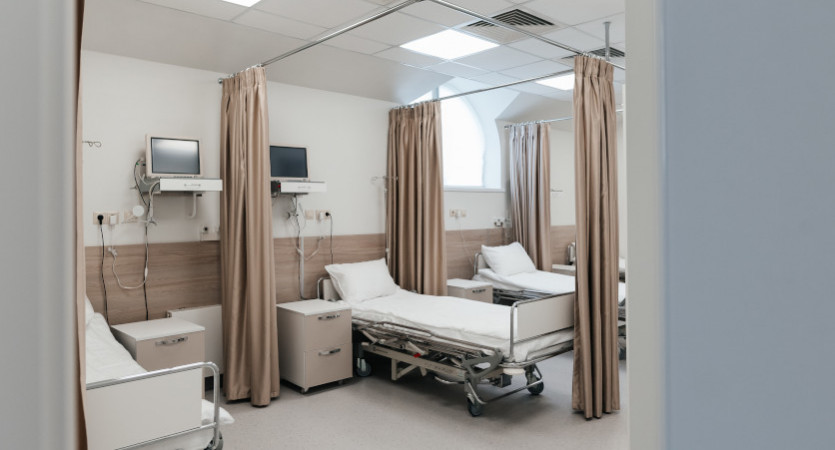
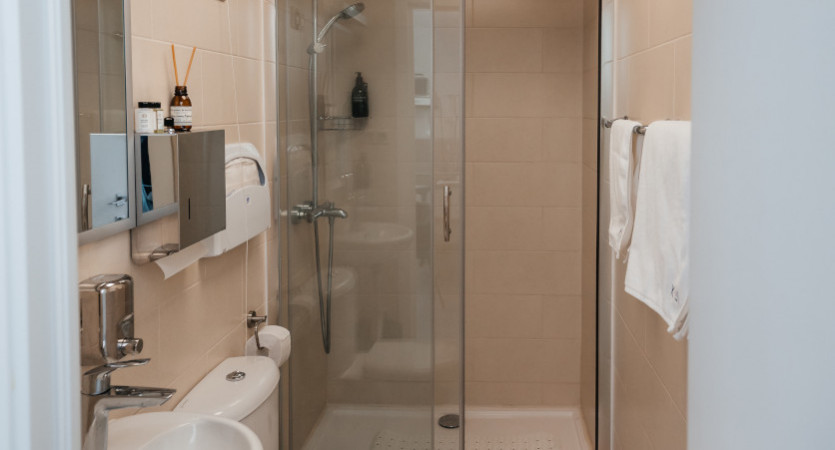
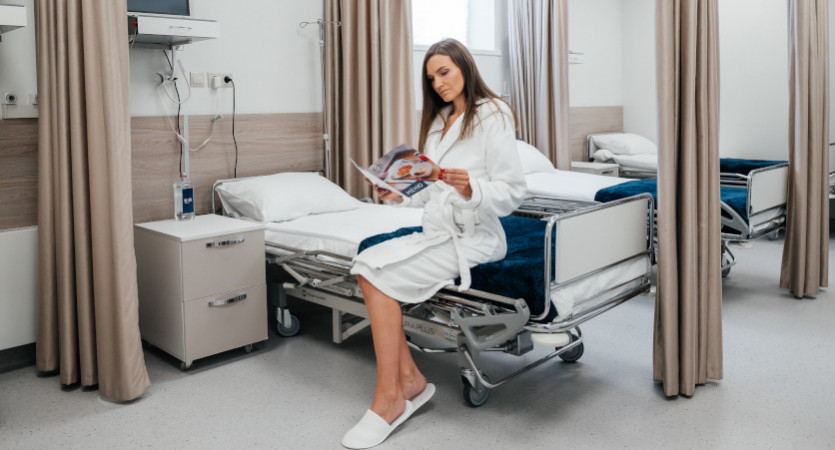
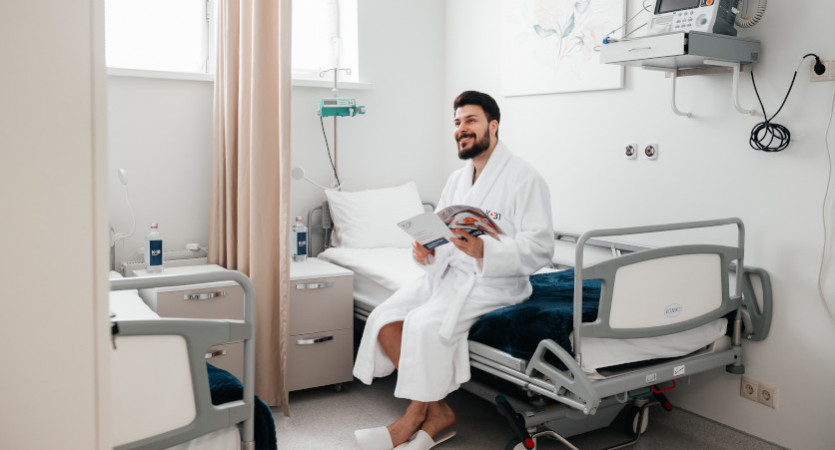
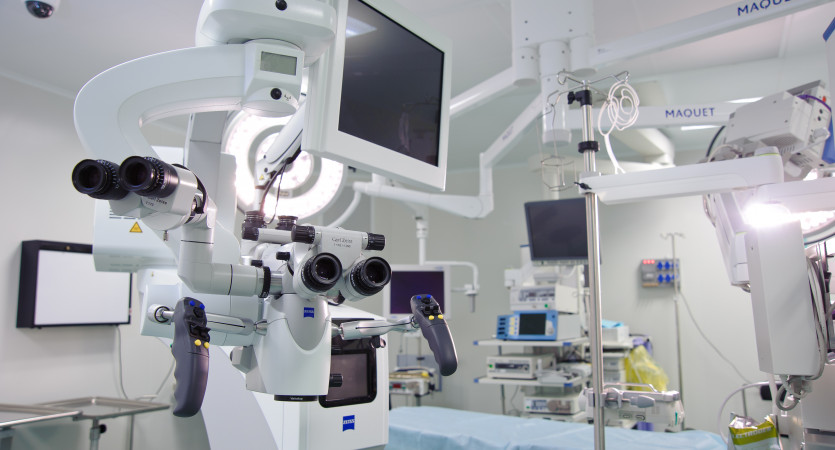
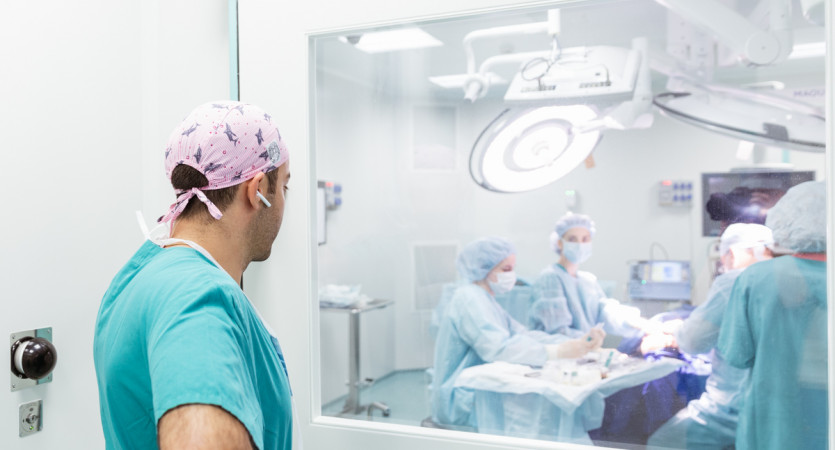
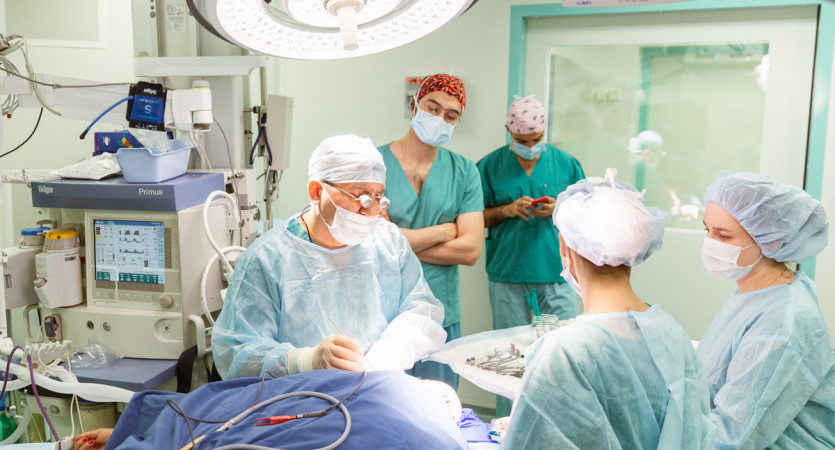
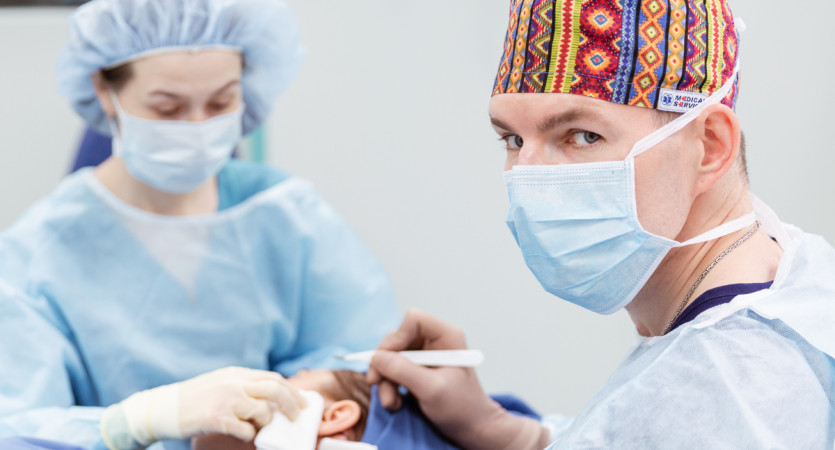

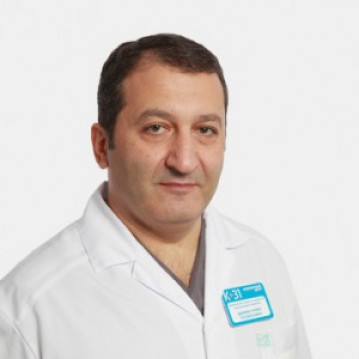
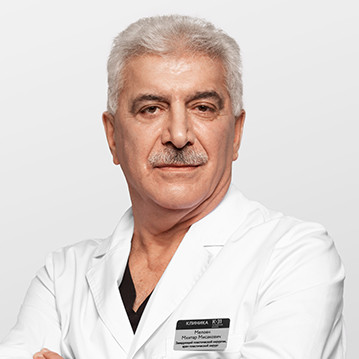
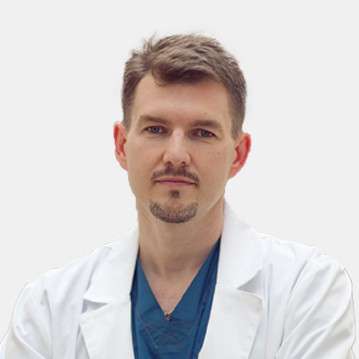
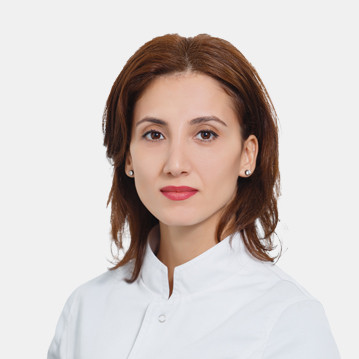
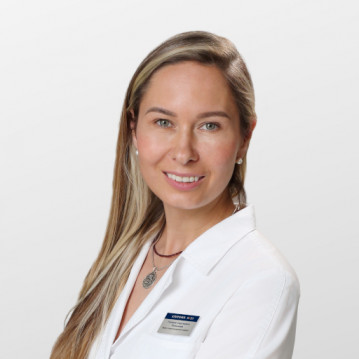

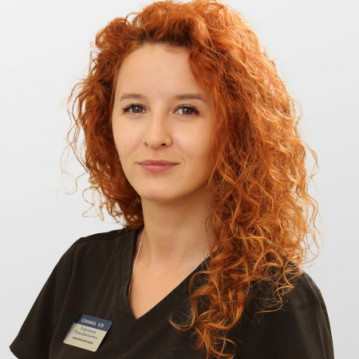
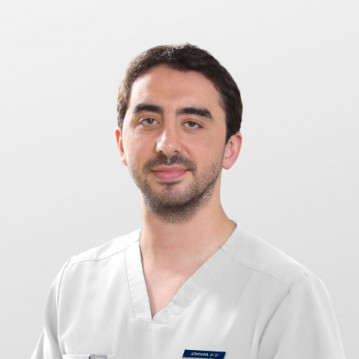
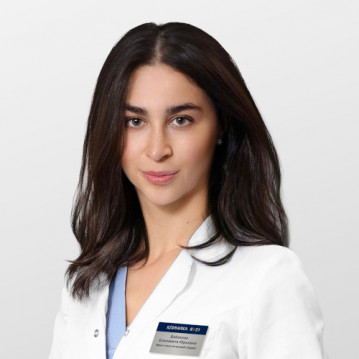



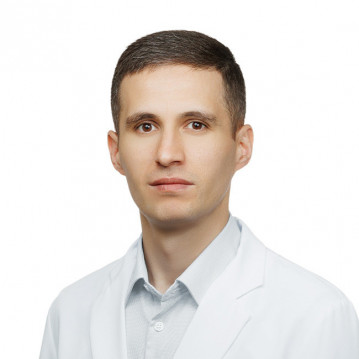





What can be achieved with rhinoplasty
Secondary surgical intervention is performed to correct defects formed as a result of a previously performed similar operation, or defects that cannot be eliminated during the procedure alone.
Compared to primary surgery, revision rhinoplasty is technically much more difficult, because the doctor has to deal with the presence of formed changes that interfere with a full understanding of the volume and nature of the upcoming intervention. In this case, the following is taken into account:
Such difficulties pose a difficult task for the surgeon, requiring extensive practical experience and certain knowledge. The final result of the operation depends on this, which should best meet the aesthetic needs of the patient.